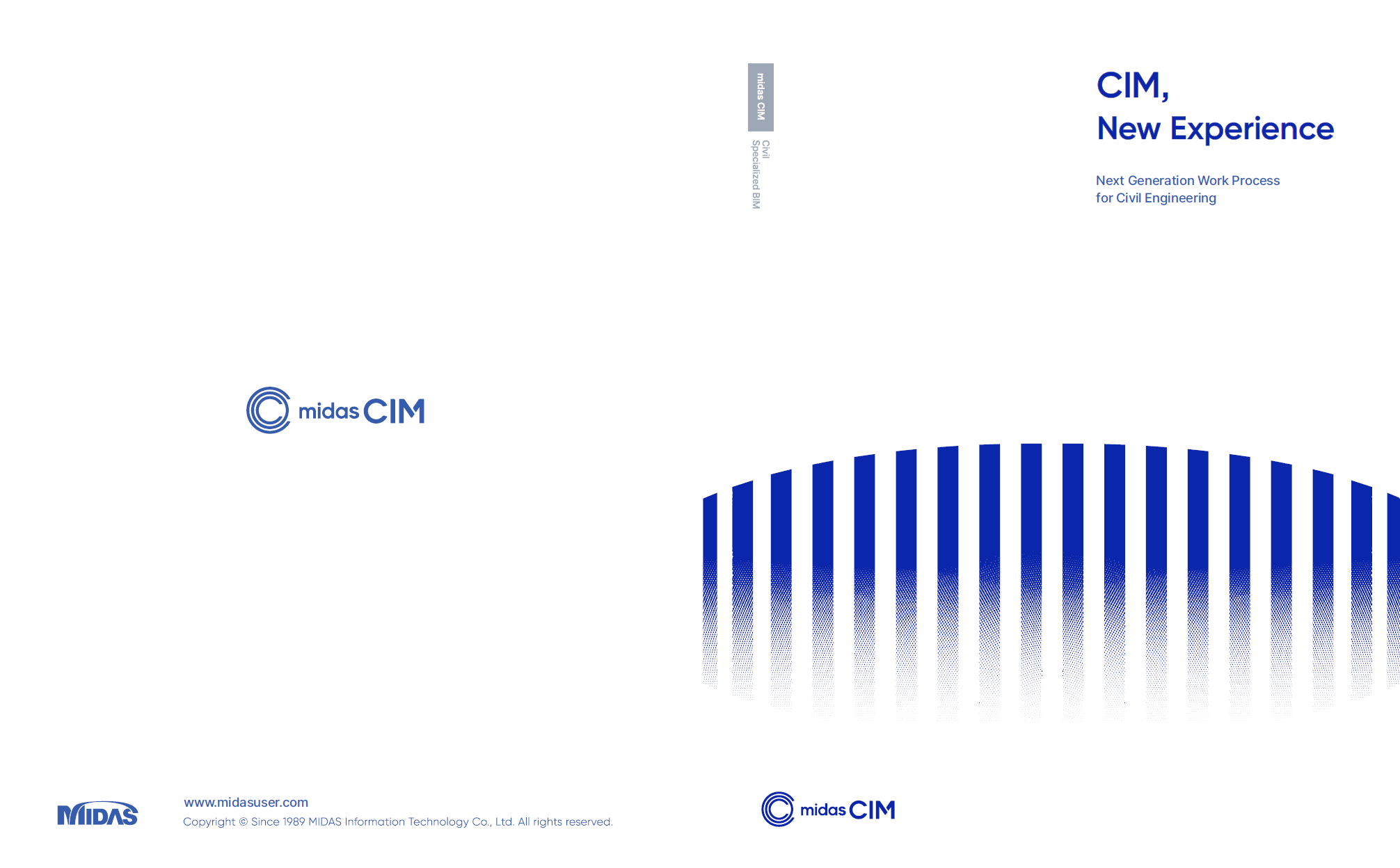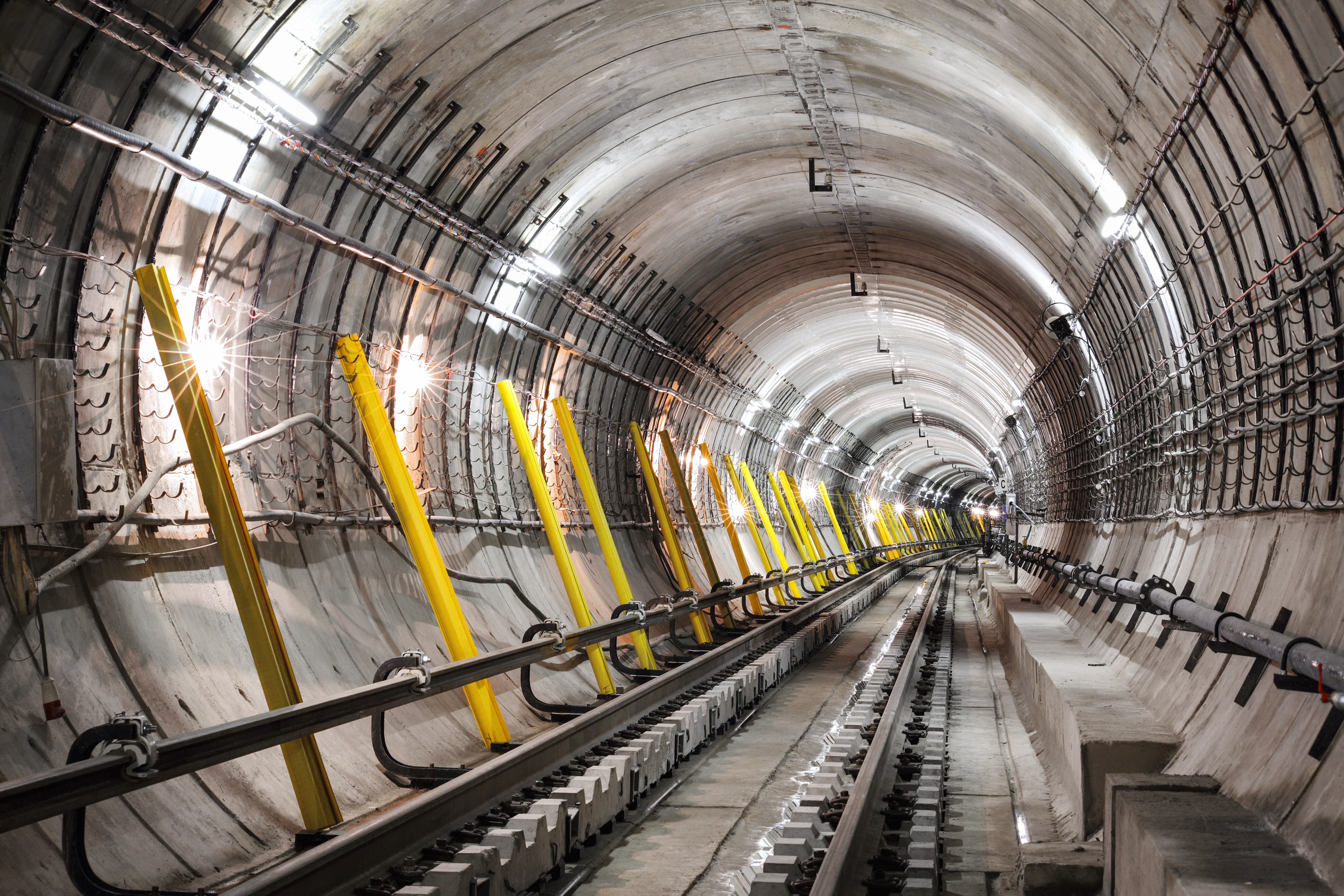Please fill out the Download Section (Click here) below the Comment Section to download the P-M Interaction Diagram: Circular Section Excel VBA!
Table of Contents
*Click the content to move to the section
1. Introduction
2. Alignment Feature
3. Interoperability with other software
4. Library feature
5. Quick modeling
6. Geolocating the project
7. Conclusion
1. Introduction
Building Information Modeling (BIM) is one of the most significant advancements in the Architectural, Engineering, and Construction industries in recent decades. Many countries are moving toward BIM adoption. BIM models significantly reduce errors, saving time and money. When faults are corrected in the field, they might be significantly more costly than if they were fixed during the design process. Designers can immediately identify if something is incorrect with a 3D model. Cross sections at certain locations are typically included in a traditional set of drawings. The contractor must interpret the parts between those locations. However, having a 3D model provides all parties involved with a greater understanding of the structure. Various stakeholders frequently have difficulty visualising project concepts when looking at engineering drawings. This can be efficiently resolved using 3D modelling, which allows us to see how the project will look once completed. Now, let's look at the most important features of a 3D bridge modelling software.
2. Alignment Feature
The alignment of the bridge is one of the most important aspects to consider when modelling the bridge. When we evaluate a bridge span, it could have any alignment, such as straight, curved, transitional, and so on. The bridge modelling software must be capable of simulating the bridge along the required alignment.
The bridge alignment could be provided to the bridge modeller in several formats such as Land XML, DWG file format etc. As a result, the bridge modelling software must be able to accept alignment data in those forms and incorporate it into the modelling. Fig. 1 shows an example of importing bridge alignment from ’Land XML’ file into the bridge modelling software.
3. Interoperability with other software
With the introduction of BIM, multiple stakeholders would be involved in a project at the same time. For example, once the bridge's 3D modelling is complete, the model may need to be given to another team that will incorporate topographical data and slope modelling into the model. They could be utilising different software for this. In addition, the bridge model may need to be given to another team that will simulate vehicle movement in the bridge 3D model using different software. As a result, the initial 3D model that was created should be interoperable with various software, allowing other departments to access the bridge model. In the current scenario, IFC (Industry Foundation Classes) files are majorly used for interoperability between different software. Fig. 2 shows the interoperability between software using IFC file. Interoperability is thus one of the most crucial features for a 3D bridge modelling software in this BIM era.
4. Library feature
Many times, we find that modelling data from a previous project can be used directly or with little alterations in the present project. Consider the current project in which you are modelling a substructure with pier cap, pier, pier footing, and piles. You can save the entire substructure as a library when modelling. Then, for another project, if you have a substructure that is similar to the previously saved library. After making some simple changes, you can utilise that library.
The presence of such library functions would undoubtedly save a significant amount of time because you would not have to model it from scratch. As more libraries are built, such as the pier substructure library, the PSC Box library, the hand railing library etc., they can be imported into a new project and used with minimum adjustments. The availability of built-in database would also be advantageous for bridge modellers, as they could utilise those libraries as a reference and start directly utilizing them in projects. Fig. 3 shows an example of such inbuilt database.
5. Quick modeling
There are various types of bridge structures, and certain structure types are utilised very frequently. So, if we have a quick modelling option where we can enter the basic details of the bridge and the bridge is automatically modelled depending on the input, we will save a lot of time. As a result, if we have quick modelling features for bridges such as PSC Box bridge, PSC I Girder bridge, Steel composite bridge, and so on, modelling will become simpler and faster. Starting from scratch by modelling each and every piece will be time-consuming for bridge structures, which are often used. However, if we have features that will allow for faster modelling, there is nothing more that will excite the bridge modeller.
In addition, the quick modelling feature could be quite valuable during the early bridge planning stage. If the customer is unsure about which bridge structure to choose, a quick modelling function would allow multiple types of bridge models to be generated quickly, allowing the client to make a better selection after evaluating the cost and other requirements of each structural type. Fig. 4 shows an example of PSC Box bridge modelling using quick modelling feature.
6. Geolocating the project
Geolocating the project is also an important aspect these days. This will provide users a clearer idea of how the project would appear in reality. We could also determine whether any bridge components might clash with any existing structures. The bridge models could be exported as KML files and used to geolocate the project in Google Earth. Fig. 5 depicts an example of geolocating a project in Google Earth using a KML format file.
7. Conclusion:
We can provide clients, contractors, and other stakeholders better infrastructure projects at a lower cost thanks to 3D modelling. In the next decade, bridge modelling software will become more popular as the civil engineering sector shifts to 3D modelling. Midas introduced CIM, a BIM software designed specifically for horizontal structures. All the figures shown in this blog have been developed using CIM. The official global website for Midas CIM can be found by clicking on the following link: Midas CIM Global website. Midas CIM will lead the 3D bridge modelling sector in the coming years by simplifying the work of bridge modellers. All the aforementioned aspects will be of tremendous assistance to the bridge modeller in their efforts to better accurately model the bridge.
👉To see related contents, please click on the tags under the Topic section below.
 Get Started midas Civil
Get Started midas Civil
 Featured blog of this week
Featured blog of this week










/Static%20Analysis%20of%20Cable-Stayed%20Bridges/Static%20Analysis%20of%20Cable-Stayed%20Bridges%20345%20240.png)